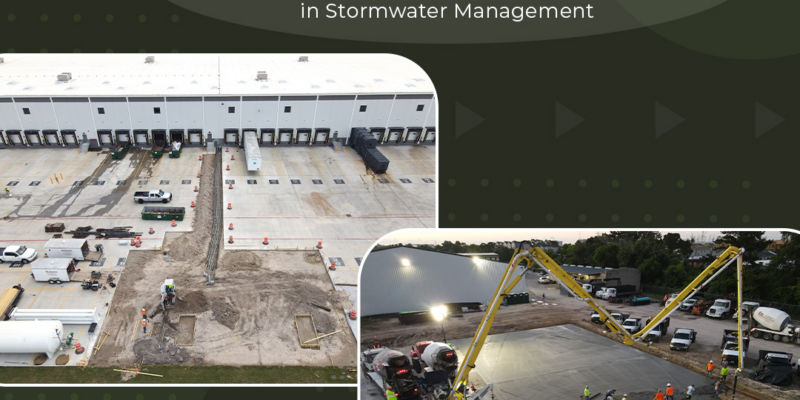When it comes to managing stormwater effectively while optimizing space, underground stormwater detention systems emerge as a groundbreaking solution. In bustling urban landscapes like Houston, where space is at a premium, these innovative systems offer a compelling alternative to traditional above-ground ponds. In this comprehensive guide, we delve into the intricacies of underground detention ponds and how they play a pivotal role in sustainable development and environmental stewardship.
Understanding the Essence of Underground Stormwater Detention Systems
In essence, underground stormwater detention systems function as reservoirs that temporarily hold and slowly release stormwater runoff. This controlled release mitigates the risk of flooding and erosion while replenishing groundwater supplies. Unlike conventional surface ponds, which occupy valuable land space and can be unsightly, underground systems offer a discreet and space-saving solution.
The Role of Bill Houston Concrete Construction, Inc. in Implementing Underground Detention Systems
At the forefront of implementing cutting-edge underground stormwater detention systems in the Houston area is Bill Houston Concrete Construction, Inc. With a sterling reputation for excellence and innovation, this esteemed company has been instrumental in revolutionizing stormwater management practices. Leveraging state-of-the-art techniques and materials, they specialize in designing and installing bespoke underground detention ponds tailored to the unique needs of each project.
Key Features and Advantages of Underground Detention Systems
- Space Optimization:By harnessing the area beneath the surface, underground stormwater detention systems maximize land use efficiency, making them ideal for densely populated urban environments.
- Enhanced Aesthetics:Concealed from view, these systems preserve the visual appeal of landscapes and developments, seamlessly integrating with surrounding infrastructure.
- Environmental Benefits:By reducing runoff and filtering pollutants, underground detention ponds promote cleaner waterways and healthier ecosystems, contributing to sustainable development goals.
- Long-Term Cost Savings:While initial installation costs may be higher than traditional methods, the durability and low maintenance requirements of underground systems translate into significant savings over time.
Exploring the Technical Aspects of Underground Detention Systems
Design Considerations: When designing underground stormwater detention systems, factors such as site topography, soil conditions, and anticipated rainfall patterns must be meticulously analyzed. This ensures optimal performance and longevity of the system.
Construction Process: From excavation and site preparation to the installation of structural components and backfilling, constructing an underground detention pond requires precision engineering and adherence to industry standards.
Maintenance Requirements: While underground detention systems are designed for minimal maintenance, periodic inspections and sediment removal may be necessary to uphold performance standards and prolong the lifespan of the infrastructure.
Conclusion: Embracing Innovation for Sustainable Stormwater Management
In conclusion, underground storm water detention systems represent a paradigm shift in stormwater management practices, offering a versatile and sustainable solution for urban environments like Houston. With the expertise of Bill Houston Concrete Construction, Inc., these innovative systems can be seamlessly integrated into development projects, safeguarding against flooding, preserving aesthetics, and promoting environmental stewardship. Embrace the future of stormwater management with underground detention ponds—where efficiency meets sustainability.

